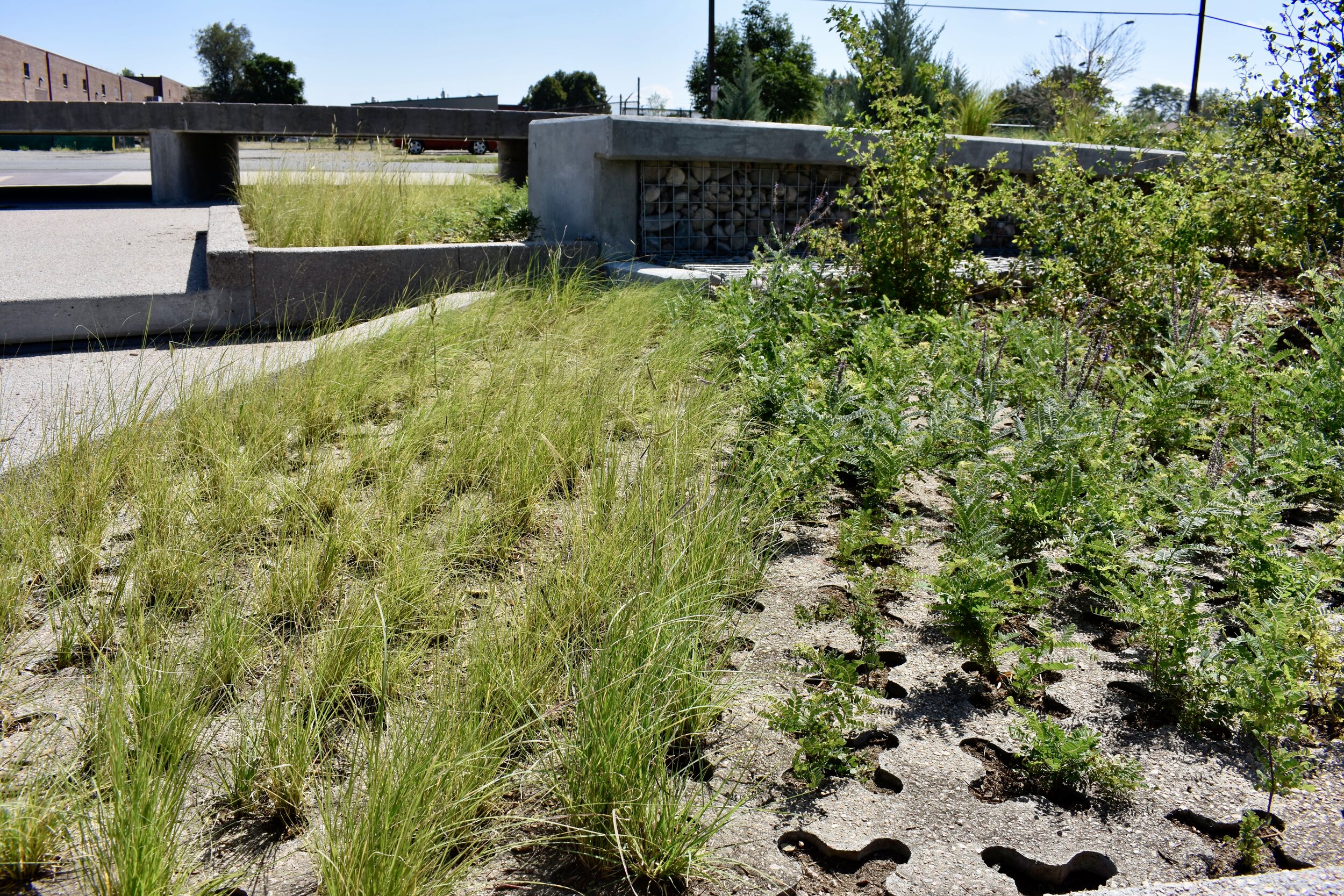Creating Sustainable Landscapes: Xeriscaping for Water Conservation Xeriscaping, a landscaping approach designed for water conservation, is gaining popularity as communities...
Biodiversity support
Sustainable Paving: Exploring Grasscrete Landscaping Solutions Grasscrete landscaping solutions offer a unique blend of functionality and environmental sustainability. In this...






